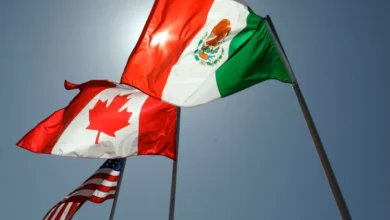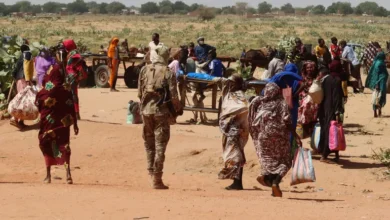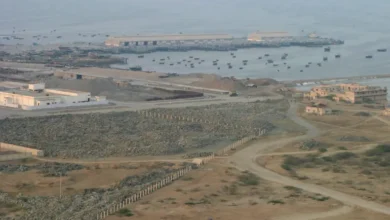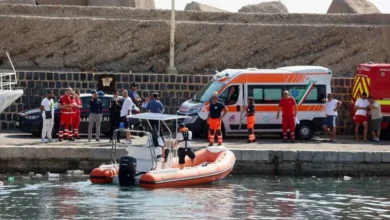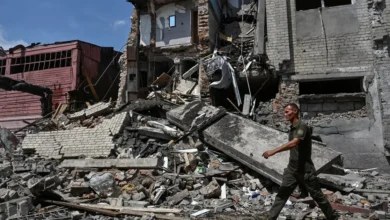Volcano near Iceland’s Grindavik erupts for sixth time since December
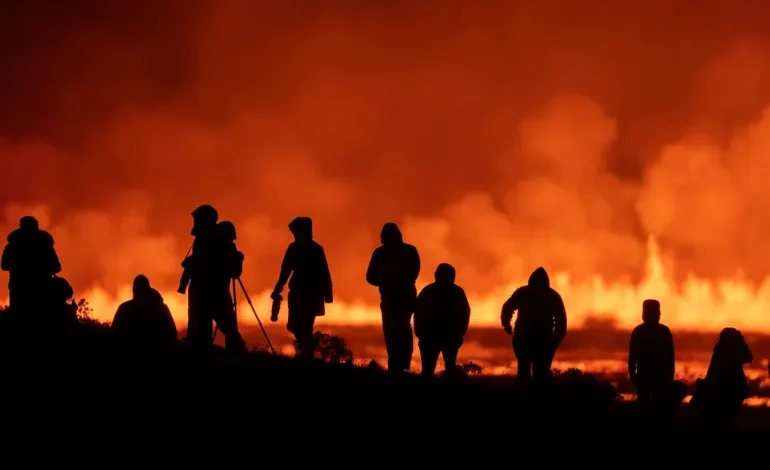
A volcano in southwestern Iceland has erupted for the sixth time since December, according to the country’s meteorological office.
The eruption started at 9:26pm (21:26 GMT) on Thursday, with live video images showing red lava spewing out of a new fissure on the Reykjanes Peninsula, the Icelandic Meteorological Office said.
The total length of the fissure was about 3.9km (2.4 miles) and had extended by 1.5km (0.93 miles) in about 40 minutes, said the met office in a statement.
Iceland’s Ministry for Foreign Affairs said the eruption did not “present a threat to life” and that the nearby area had been evacuated. “The impact is limited to a localized area near the eruption site,” it posted on social media platform X.
Regional police chief Ulfar Ludviksson told Icelandic media that the evacuation of the nearby fishing village of Grindavik was going well, adding that 22 or 23 houses were currently occupied.
Most of Grindavik’s 4,000 residents had evacuated in November, prior to an eruption in December, and while residents have since been allowed to return in between eruptions, only a few have opted to stay overnight.
Iceland’s national airport and air navigation service provider Isavia said in a statement that flights to and from the country were “operating normally despite the ongoing eruption”.
The Blue Lagoon luxury geothermal spa and hotel said it had shut down and evacuated its guests.
In response, authorities have constructed man-made barriers to redirect lava flows away from critical infrastructure, including the Svartsengi power plant, the Blue Lagoon outdoor spa and the town of Grindavik.
The most recent eruption on the Reykjanes Peninsula, home to some 30,000 people or nearly 8 percent of the country’s total population, ended on June 22 after spewing fountains of molten rock for 24 days.
The latest eruption took place on the Sundhnukar crater row east of mountain Sylingafell, partly overlapping other recent outbreaks on the Reykjanes Peninsula.
The volcanic system on the peninsula has no central crater but erupts by opening giant cracks in the ground.
Studies had shown magma accumulating underground, prompting warnings of new volcanic activity in the area located just south of Iceland’s capital, Reykjavik.
Iceland boasts more than 30 active volcanoes, making the north European island a prime destination for volcano tourism – a niche sector that attracts thrill seekers.



